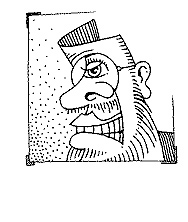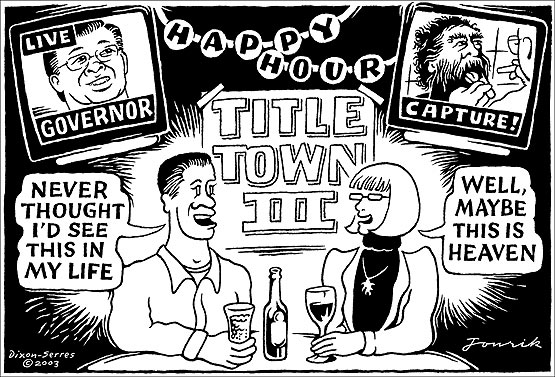Our conventional and limited view of adult neuronal plasticity derives in part from the specific ways that scientists and physicians have designed laboratory experiments and clinical therapies. We cannot understand neuronal plasticity by studying brain circuits in isolation from the whole person. Only by considering a person’s adaptations and response to her condition can we really explore the amazing plasticity of the human brain to rewire itself throughout life in order to recover from injury, learn new skills, improve perception, and even gain new qualia.
— Susan R. Barry, Fixing my Gaze
Susan Barry’s book is certainly not for everyone, but like many works that explain a long misunderstood aspect of human health, reading it has been invaluable to someone who must personally face the unknown, accept a daunting challenge, and believe that one’s own body has the capacity to respond positively to a holistic, self-corrective discipline. I’m thankful that the book was recommended and glad that I read it before undergoing my first therapy session tomorrow morning at the Vision and Learning Center. I feel fully committed and as prepared as possible for 30 weeks of treatment. I’ve placed my confidence in people who might be dismissed as charlatans by some medical specialists, but that’s nothing new for me. I even heard a top expert on the Charlie Rose Brain Series recently insist that there is a “critical period” during childhood that governs the development of visual perception, which makes it impossible to correct some eye disorders later in life, a misinterpretation of research that Barry says has been long discredited by scientists and vision therapists. Well, I’m about to conduct my own experiment, under the guidance of individuals I consider to be knowledgeable, trustworthy professionals, and I’m eager to get started. Enough preliminaries! I’m fortunate to have the Center within a reasonable driving distance. Sure, I wish it wasn’t so dang expensive, but isn’t that why The Guy in the Sky grew plenty of oak trees on my knobs? Onward…
 Saddest of all is when I realized that the awe of star-gazing had slipped away, as my ability to perceive the dimensionality of the night heavens declined. The optimistic hope for improvement, given the functional plasticity of brain neurons, is emphasized by both Susan Barry, Dr. G., and Debra (my therapist). I accept that, in spite of having no comprehension of the difficulties that lie ahead, or how “one must learn to align the eyes and fuse their images, while unlearning the unconscious habit of suppressing vision, which has been occurring perhaps for decades,” or how therapy “requires high motivation and self-awareness, as well as enormous perseverance, practice, and determination.”
Saddest of all is when I realized that the awe of star-gazing had slipped away, as my ability to perceive the dimensionality of the night heavens declined. The optimistic hope for improvement, given the functional plasticity of brain neurons, is emphasized by both Susan Barry, Dr. G., and Debra (my therapist). I accept that, in spite of having no comprehension of the difficulties that lie ahead, or how “one must learn to align the eyes and fuse their images, while unlearning the unconscious habit of suppressing vision, which has been occurring perhaps for decades,” or how therapy “requires high motivation and self-awareness, as well as enormous perseverance, practice, and determination.”
